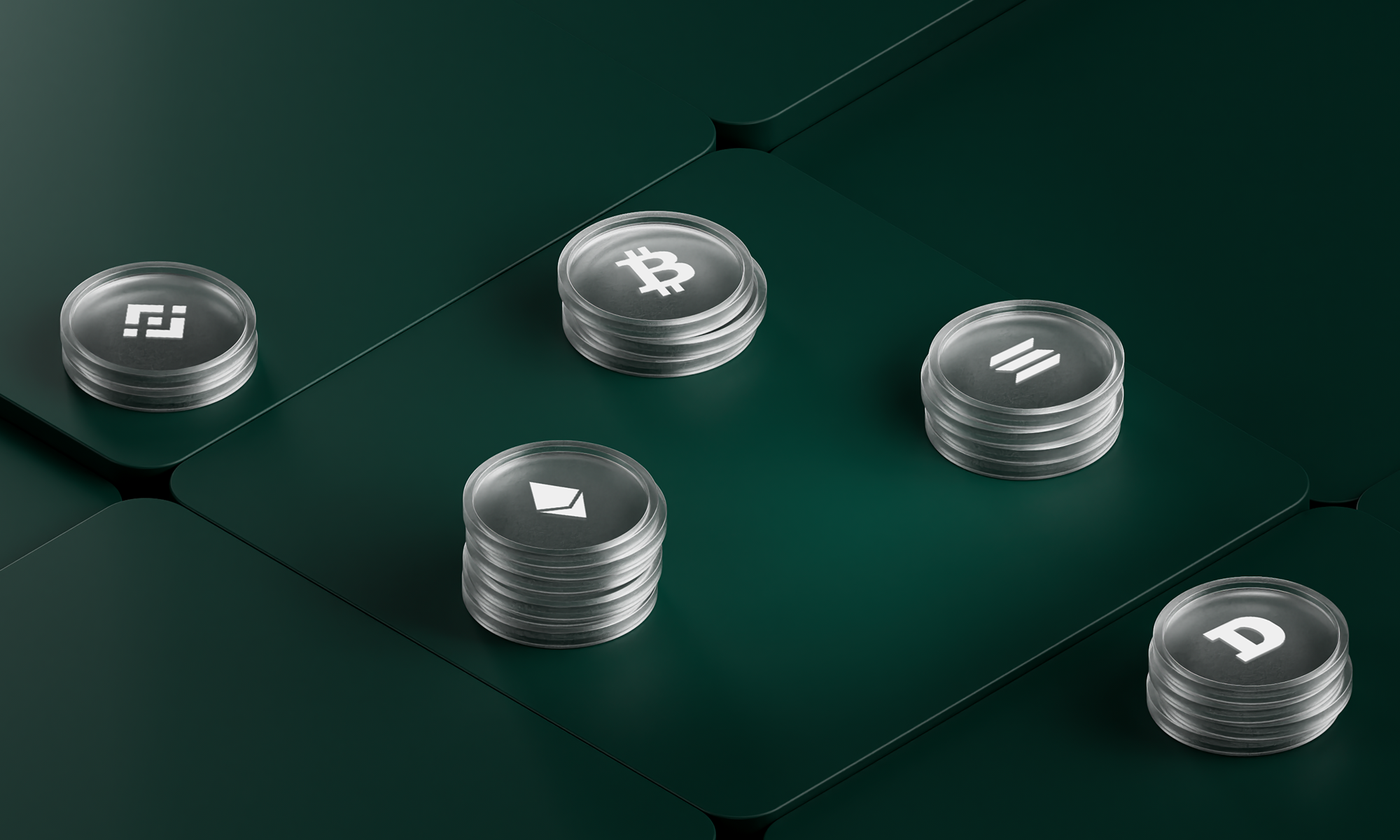How to create a wallet for cryptocurrencies
If you want to create a crypto wallet, there are a few important steps to follow. Choosing the right wallet type, securing your login details and testing the wallet are essential to keep your cryptocurrencies safe and accessible at all times.
Choosing a wallet type
The first step in creating a crypto wallet is choosing the right wallet type. Depending on your security needs, planned use and desired access, there are different options. A hosted wallet offers quick access, a self-custodial wallet more control and a hardware wallet maximum security.
Hosted wallet (custodial wallet)
easy setup without technical knowledge
access from anywhere with an internet connection
drawback: no full control over private keys
Self-custodial wallet (self-managed storage)
full control over the coins
no reliance on an exchange or provider
drawback: own responsibility for secure key storage
Hardware wallet
highest security, as offline
protection from malware and phishing
drawback: purchase cost for the device
Choosing a provider
Choosing the right provider is essential for creating a secure and user-friendly crypto wallet. Beyond security, factors like regulation, compatibility and ease of use also play an important role. The right solution depends on how you plan to use the wallet. Beginners usually prefer simple setup and guidance, while active traders need fast transactions and advanced tools.
If you want to open a wallet, compare providers carefully and look for a balance of security and functionality.
Security: Look for modern encryption, two-factor authentication (2FA) and control over your private keys. Beginners should focus on simple, reliable protections, while active traders need advanced security features.
Regulation: A trustworthy provider is licensed and subject to regulations. This gives beginners peace of mind and ensures that larger transaction volumes are handled securely for experienced traders.
Compatibility: A good wallet supports Bitcoin, Ethereum and other cryptocurrencies. Beginners usually start with a small selection of assets, while traders need access to a broader range and connections to external platforms.
User-friendliness: Beginners benefit from a clear, easy-to-use interface. Traders, on the other hand, may expect features like fast transaction confirmations and customisable settings.
Backup options: A seed phrase is the minimum requirement to recover a wallet. More advanced users often rely on multiple backup methods to guarantee quick and reliable access.
Creating the wallet
Once you’ve decided on a wallet type and provider, you can set up your crypto wallet. The process varies depending on the wallet type, but it usually follows the same basic steps:
Step 1: Install or set up the walletFor software wallets, download the desktop or mobile app. If you’re using a hardware wallet, follow the device’s setup instructions. Hosted wallets, by contrast, are typically created directly through a crypto exchange or provider.
Step 2: Create your wallet address and private keysDuring setup, your wallet automatically generates a wallet address, which you’ll use to receive crypto. At the same time, private keys are created: these are essential for accessing and managing your funds.
Step 3: Receive and safely store your seed phraseYour seed phrase lets you recover your wallet if you lose access or change devices. Write it down, keep it offline, and never share it with anyone.
Step 4: Secure your login detailsAlong with your seed phrase, make sure to store your password or PIN in a safe place. If your provider offers two-factor authentication (2FA), activate it for an extra layer of security.
Securing login details
Creating a crypto wallet is only the first step. Just as important is making sure your login details are kept safe. Once you’ve set up a wallet address, you must protect your private keys, passwords and recovery data. Without them, access to your cryptocurrencies could be lost forever.
Write down your seed phrase offline and store it securely, ideally on paper or a dedicated backup device. Avoid digital storage methods like screenshots or cloud services, as they pose serious security risks. Your private keys should also never be saved on an internet-connected device. Instead, use a hardware wallet or an external storage medium to reduce the risk of loss or unauthorised access.
You can further strengthen your wallet with additional security measures. Create a strong, unique password and, if possible, enable two-factor authentication (2FA). It’s also a good idea to check regularly whether your provider has introduced new security features that can help protect your crypto wallet.
Testing the wallet
Before you start using your wallet regularly, it’s important to test that everything works as expected. This helps ensure that transactions run smoothly and that your cryptocurrencies remain accessible. A quick test can uncover errors early and prevent problems later on.
A simple way to do this is with a test transaction. Send a small amount of Bitcoin, Ethereum or another cryptocurrency to your wallet address. Then check on the blockchain whether the transaction is confirmed and the funds appear in your wallet.
If you’re using a self-custodial wallet, it’s also a good idea to test the recovery process. Enter your seed phrase on another device to confirm that you can restore access to your wallet without issues.
Finally, take some time to get familiar with the user interface. Learn how to send and receive coins, and make sure you understand how to activate and use the available security features.
